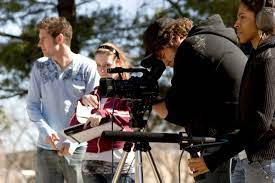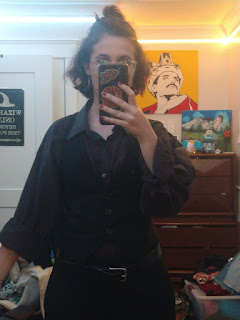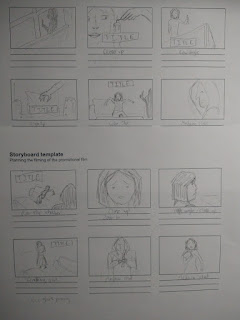How to Make a Short Film
There are a few things that are necessary to take into consideration when planning for a short film; plot, resources, actors, and sound.
The fundamental thing to perfect is the plot as that is what our short film relies on. More importantly, a realistic plot. It is impossible to make a film with 13 plot twists, diving into all genres, and focussing on a wide array of characters. Instead of being overambitious, as teens tend to be, filmers should focus on one conflict, a few characters, and not add any extra action than there needs to be. A nice idea to keep in mind is to not overdo it or under do it. With short films, there’s about 5 to 15 minutes to make magic on the screen. This time should be utilized in giving audiences a well thought out, cohesive plot.
Resources are just as important as plot and are often a major decision factor. As high school students we don’t have access to CGI, special effects, pyronetics, or intricate settings/locations. Due to this we cannot make a film that takes place, for example, on an alien space ship surrounded by fire. We also don’t have expensive filming equipment such as a camera crane or boom mics. It is important for us to play to our strengths instead. For example, to film a tracking shot, the filmer could sit on a rolling chair while someone else pulls him along. Or instead of showing an explosion, we could show a character looking at the explosion while red light is washed over them. Being crafty and working with the actors, tools, and locations we have is essential in this short film making process.
Another aspect that audience approval looks at is the casting. The way an actor looks, speaks, and moves must match the character. If the character is a sarcastic, mysterious detective then it might suit the film well to cast an actor capable of portraying charm and depth. If the character is an all-analyzing forensic scientist then the film should cast a well spoken, nerdy-looking person. Actor archetypes exist, which is why we don’t see bodybuilders playing pianists. This actor to character ratio is just as important in short films, and we as high schoolers will do everything we can to make our actors fit as best as possible.
One major issue that many filmmakers run into and is important to plan is sound. A short film is dependent on sound to show dialogue, diegetic, and nondiegetic sound. From personal experience, diegetic sound such as wind, cars, echoes, and other people can often interrupt the flow and sound of a movie. This can be avoided through the use of mics, hanging up “noise-canceling” blankets, or post filming editing. Sound such as background ambience, sound effects, and songs are also just as important to the wholeness and sophistication of a short film. The effects of a gunshot or glass breaking, added post filming, show important plot points, while a full length song adds depth and mood to the story.
And finally, a second person viewing during editing is essential in making changes that help better production value.




Comments
Post a Comment